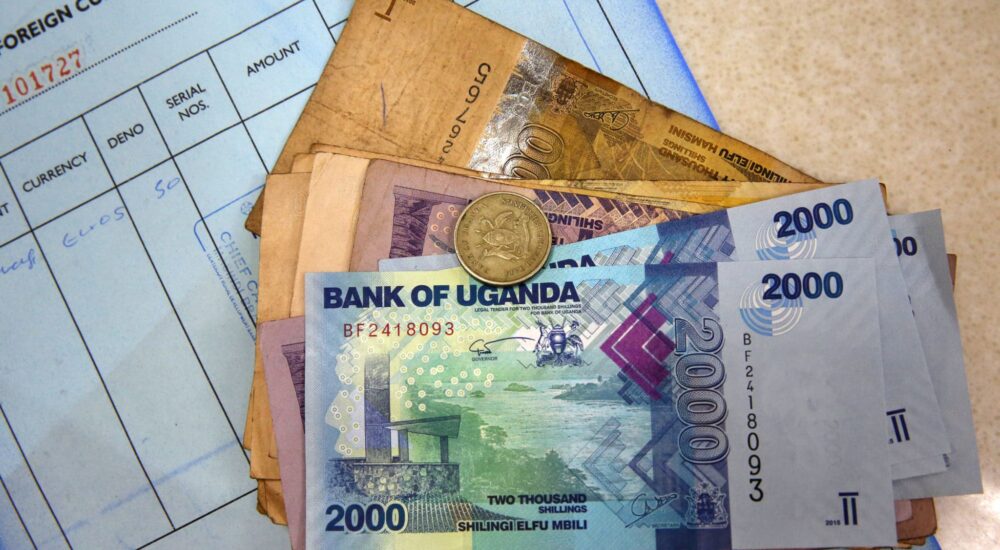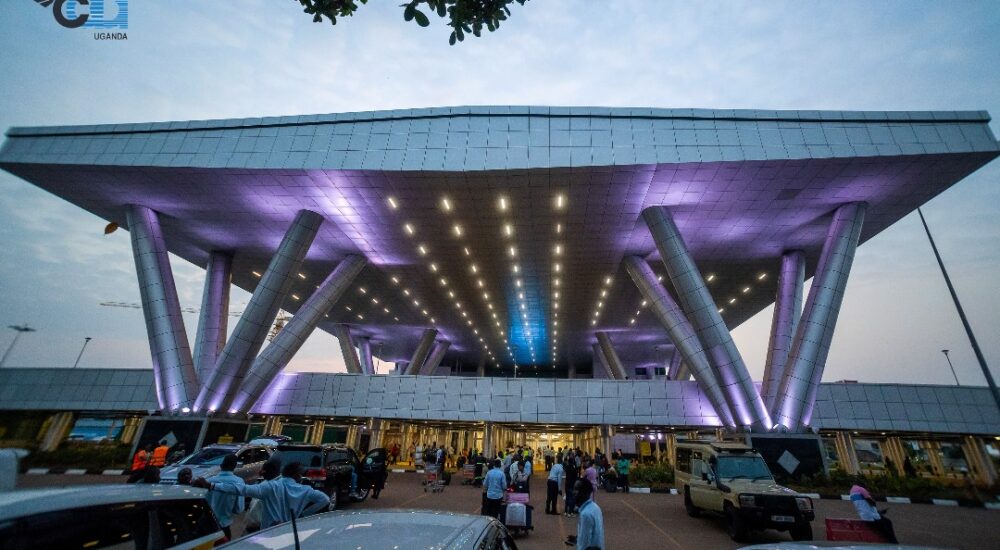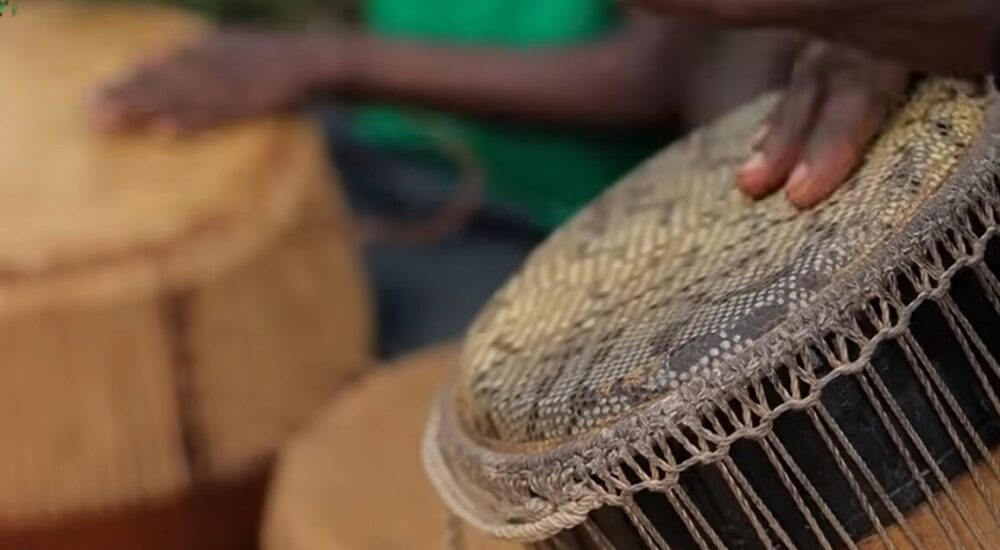Uganda, also known as the "Pearl of Africa," offers an array of experiences for travelers—from…
Best Guide to Rwenzori Mountains National Park
Best Guide to Rwenzori Mountains National Park, The Rwenzori Mountains National Park Guide is here to help you. You can hike in the Rwenzori mountains at two different elevations: low and high. The Rwenzori Mountains treks don’t go above 4,000 meters and usually last between two and four days.
Mountain treks that go to heights above 4,000 meters normally last between 4 and 12 days. The Rwenzoris can be seen on their own, but most people join their trip with one to one of the other places along Uganda’s southwest circuit, such as Kibale Forest National Park, Queen Elizabeth National Park, or Bwindi Impenetrable National Park.
Most of the places to stay are under simple wooden hurts that were built next to the hike trails. There are bunk beds and a toilet in each of the huts. Uganda’s highest point is in the Rwenzoris. It is called Margherita Peak (5,109m) and it is on Mount Stanley. It will take you at least 7 days in the mountains to reach the top of Margherita Peak.
You will have a great time on this mountain walk. It’s not always easy, but that’s what makes it interesting. 996 square kilometers of strange plants, lakes, rocks, high glaciers, and snow-covered peaks make up a magical and one-of-a-kind world where you can escape.
The height The highest point in the Rwenzori Mountains is Mount Stanley’s Margherita Peak, which is 5,109 meters high. This makes it the 4th highest peak in Africa, even though it’s not as high as some other mountains in the world.
But because they are so far away, the weather changes quickly, the plants are amazingly different, there are views, and not many people visit, these places are thrilling for adventurous hikers looking for something truly unique.
Mountains can be found in the Rwenzori National Park, which was made a national park in 1991. It was then named a World Heritage site in 1994 and a Ramsar site in 2008. These labels show how important the mountains are to scientists around the world. The word “Rwenzori” means “Rainmaker” in English, which shows how important the mountains are to Central Africa.
About 3 meters of rain fall on the Rwenzori mountains every year, making the air very wet. This means that the lower slopes are full of plants and the higher hills are covered in snow and ice. Because of climate change, the glaciers have shrunk a lot in the last hundred years, but hikers will still have to deal with ice walls and a lot of snow to get to the peaks during the wet season.
You should be in better shape than most people because you have to walk through the Rwenzori mountains, which can be very tiring at times. Margherita Peak was recently reclassified as a difficult climb. You don’t have to be an expert climber to do it in the winter, but it helps to have some experience.
From “peak baggers” to birders looking for the region’s endemic species, there are a lot of different trips that last anywhere from one to twelve days. Private groups can also make routes longer if they need to in order to give people more time to get used to the altitude or just enjoy the peace, quiet, and beauty of the mountains.
Ways to hike in the Rwenzori Mountains
Coming from Nyakalengija, you can take either the Central Circuit or the Southern Circuit to get to the top of the Rwenzori Mountains. The Southern Circuit was mostly the first route that Professor Scott Elliott took in 1895. However, the Central Circuit, which was first used by Luigi di Savoia in 1906, was the only way to get to the mountains for many years.
The southern circuit is what most tour groups, including ours, like to do. This is because it offers the most powerful and stunning views of landscapes that seem almost impossible to believe. The southern circuit also has some longer tracks that help you get used to the altitude (and the experience as a whole).
Which hike should I take?
As with many other famous hiking spots in Africa and around the world, the Rwenzori Mountains are made up of ranges, which means there are many routes to choose from. One good thing about hiking in the Rwenzoris is that the routes are usually longer than those in other high-altitude parks like Kilimanjaro. This gives you more time to get used to the altitude and lowers your risk of getting altitude sickness. It takes between 2 and 12 days to hike the Rwenzoris. Get in touch with us to find a good hiking plan for your Ugandan adventure.
Guides and eco-friendly tourists
The park guides in the Rwenzori slopes are closely watched to make sure they know how to run mountaineering programs and teach people how to hike up icy slopes safely. Because they know how to do mountain first aid, they can recognize and treat the first signs of altitude sickness. Rescue procedures are usually practiced and gone over. The equipment is well taken care of and is checked often.
Five dollars from the price of each climb goes to local development projects. Over the years, this has helped build community trails outside of the national park, which spreads the possible benefits of tourism, and it has also helped build school classes in several places.
Places to stay in the Rwenzori Mountains
The Kasese area is where you can get to the southern circuit, which is also called the Kilembe southern circuit. This hostel is in Kyanjuki Village, 12 km from Kasese, and is the best place to start and end a walk. The hotel is in a beautifully restored building that used to be a copper mine. It has a view of the deep Nyamwamba river valley and the beautiful Rwenzori Mountains. It has a nice temperature even in January and February because it is 1,450 meters above sea level.
Another popular choice before the walk is to stay at the Sandton Hotel in Kasese and then take a bus the next morning to Kilembe. Before you start the hike to Sine Camp, you will have a meeting with your guides when you get there.
The huts are generally made of specially designed wooden materials and are used to stay warm on the trail and store gear needed at different points of the trail. The treks include all meals, made with as much fresh food as possible and enough to meet the energy and water needs of high-altitude hiking. Read about getting sick at high altitude
Things you need to get through the Rwenzori Mountains
Having the right stuff is very important if you want to climb the Rwenzori Mountains in comfort and safety. Here are some important things you might want to bring with you:
These hiking boots are tough and have ankle support to protect your feet on rough ground.
– Layered clothing that can adapt to different weather situations, such as an outer shell that is waterproof and windproof.
– A warm sleeping bag that can be used in temperatures below zero.
– Trekking sticks to make you more stable and ease the stress on your joints.
– A good backpack to take your stuff, food, and water.
– Hat, sunscreen, and sunglasses to protect yourself from the harsh African sun.
– A flashlight for getting up early and finding your way when it’s dark.
– A water filter system or tablets that clean water to make sure it is safe to drink.
– Basic first aid items, like bandages, pain killers, and blister cream.
There are places to camp in Rwenzori Mountains National Park.
Along the climbing paths, the park has basic huts and camping areas that climbers can use for shelter and basic amenities. Here are some of these sites:
– Camp Samilira (3,170 meters)
– Kiharo Camp
– The Mutinda Camp (9,588 feet)
– Kalalama (3,000-foot) Camp
– Sine Hut
– Bugata Camp (9,064 feet)
– Hunwick’s camp and Butawu Camp (3,974 meters)
The Margherita Camp is 4,485 meters high.
Geography and Rocks
The Rwenzoris are a 120-kilometer-long, 65-kilometer-wide mountain range that runs along the border with the DRC north of Lake Edward. They were formed about three million years ago when ancient gneissic, quartzite, and other crystalline rocks were pushed up from the base of the Albertine Rift. The Rwenzoris are not freestanding mountains like Mount Kilimanjaro and Kenya.
Instead, they are made of rock that was lifted and pushed together by the movement of tectonic plates in the late Pliocene. As a result, they are Africa’s biggest mountain group.
The Mountain Rwenzori ranges are made up of six mountains. Even though they are close to the equator, the three tallest mountains—Mount Stanley (5,109m), Mount Speke (4,890m), and Mount Baker (4,843m)—always have snow and ice on them.
Every year, more than 3 meters of rain fall on the mountains. Not only does this keep the snow and mud off the paths, but it also makes over 20 lakes in the national park. In the Nyamwamba Valley, which can be reached by the Kilembe Trail, eight very beautiful lakes have been formed by glacial moraine dams. Water also comes down from the mountains in the form of rivers and streams that keep life going on a large part of the lands below.
Life & Plants
If you go trekking in the Rwenzori Mountains, you will see different kinds of plants because you will be at different elevations. It is thought that the Rwenzoris have 5 main plant belts:
Afro-montane plant zone: 1765 m to 2600 m
Zone for bamboo: 2600m to 3000m
3000m to 3800m is the heat zone.
3800 m to 4500 m: Moorland (Afro-Alpine zone)
Rocky glacier: over 4500 m
The most different kinds of plants can be found in the Afro-montane forest, which is on hills between 1,800m and 2,500m. Big, well-established trees push to make a cover, and dense thickets fill in the gaps. From 2,500m to 3,000m, the thick forest gives way to stands of bamboo. There are a lot of leaves on the ground, and the flowers only come out once every 30 years.
From here up to 4,000 meters, you’ll be in the grass zone. There is sphagnum moss and usnea beard lichens all over, and coral pink flowers stick out of the ground. Large tussocks grow in the wet, bog-like valley bottoms. The giant groundsel (Senecio adnivalis) and the torch lobelia (Lobelia wollastonii) grow in the mountain zone above 4,000 meters. About 4,300 meters up, the plants start to die off, and only moss, lichen, and a few “Everlasting” plants remain. The plants that grow above 3,800 meters are part of some of the rarest plant groups in the world.
Unique kinds of plants that can be found in the Rwenzori Mountains
The Rwenzori Mountains are a beautiful and one-of-a-kind part of the world. They have glaciers, snowfields, lakes, streams, and thick, strange plants that cover them. The Rwenzori Mountains show that Uganda really is the Pearl of Africa, as Winston Churchill said.
The Rwenzori Mountains have forests.
There are waterfalls, birds, and bugs making noise in the valleys that are full of green jungle. The thick clumps of moss that grow on tree stems are made possible by the daily mists that form around the 3,000-meter mark. To help people get around on the wet valley floors, low-lying paths have been put in some parts of the park. This makes walking fun for everyone.
How to Get to the Rwenzori Mountains
Through the Kasese area is the best way to get to the Rwenzori ranges. It’s easy to get to Kasese by plane from Entebbe; there are daily trips that take just over an hour. You can also take the road from Entebbe or Kampala, which goes through Fort Portal and takes 6 to 8 hours. Entebbe is also where you can fly to get to Kasese. The flights leave Entebbe every day at 7 a.m. and 12:30 p.m., which works well with hike start times. Every day at 10:45 am and 2:45 pm, the return flight leaves Kasese. It takes about an hour to fly.
All of your transfers can be set up when you book with us.
At Trekkers Hostel, you can start your hikes in the Rwenzoris. The walks start with a briefing from the guides at 8 a.m. You can get to the hostel from Kasese in 12 km (30–40 minutes by car). It takes about an hour to get there from Queen Elizabeth National Park. One can drive for about six hours to get to Bwindi Impenetrable National Park in the southwest area of Uganda. This is where the mountain gorillas live. How to Get Around Rwenzori Mountains National Park


